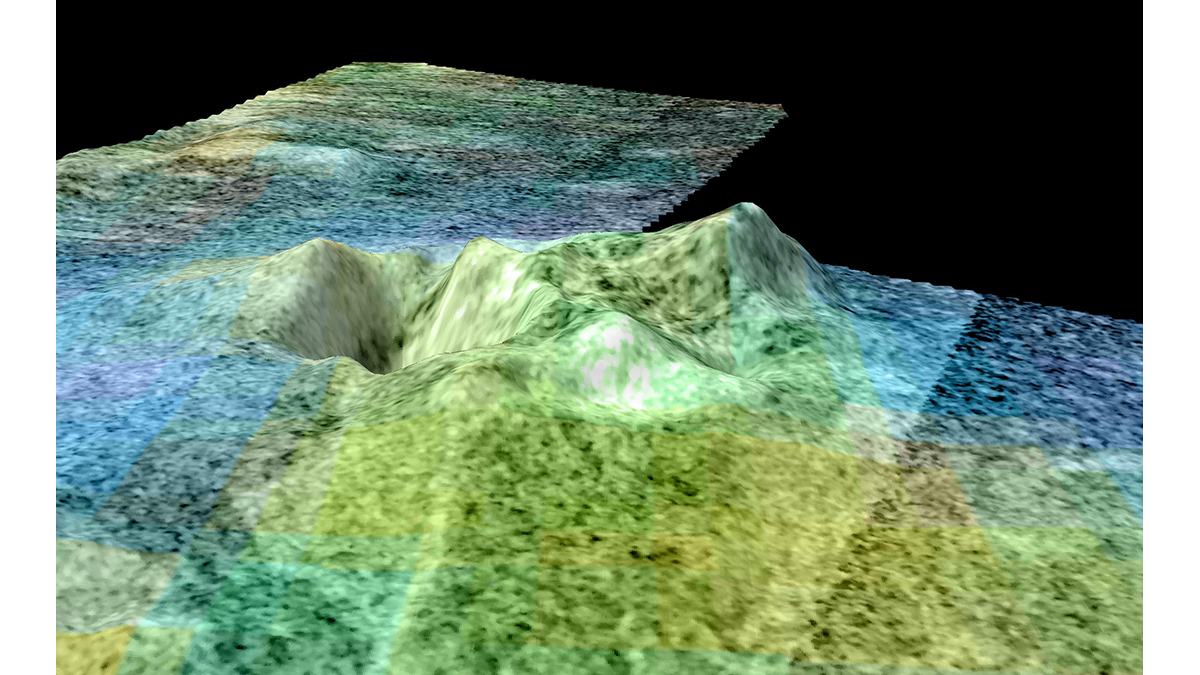Editors’ Highlights are summaries of recent papers by AGU’s journal editors.
Source: Journal of Geophysical Research: Planets
Caves rank among the most impressive geological wonders of our planet. Some host gigantic crystals or provided a canvas for the art of early humans. Many sustain unique ecosystems, and all provide valuable shelters. These characteristics make caves invaluable targets of planetary exploration, sheltering future astronauts, and providing resources and possible traces of ancient environments. While most caves on other planets formed as a consequence of volcanic processes, many of the most impressive and valuable caves on Earth result from the interaction between water and sedimentary rocks.
Enter Titan. It rains on the largest moon of Saturn. That rain collects in lakes and rivers. Unlike on Earth, the surface temperature is about -180°C and rivers carry liquid hydrocarbons. Nevertheless, the liquids in Titan’s environment should be able to dissolve the organic compounds that make the solid ground. Thus, Titan presents the best opportunity to find karstic caves like the ones on Earth. Unfortunately, Titan’s surface is permanently shrouded by a haze layer in its atmosphere, leaving radar as the principal way to image the surface.
To better understand cave formation on Titan, Malaska et al. [2022] pored over the data collected by the Cassini mission. Their work is part of an effort to comprehensively characterize surface processes and the evolution of Titan. They compiled a list of over 21,000 possible “subsurface access points” (SAP), geological landforms that could provide access to underground voids like caves. Most SAPs are found in the closed valleys of highly dissected “Labyrinth” terrain, which resembles a karst landscape on Earth. Caves could provide a stratigraphic record of the sequence of burial and uplift episodes that probably generated this terrain. It is not yet possible to know which, if any, of these SAPs leads to a cave but this list constitutes a valuable resource to examine the past and present climate of Titan.
Citation: Malaska, M. J., Schoenfeld, A., Wynne, J. J., Mitchell, K. L., White, O., Howard, A., et al. (2022). Potential Caves: Inventory of Subsurface Access Points on the Surface of Titan. Journal of Geophysical Research: Planets, 127, e2022JE007512. https://doi.org/10.1029/2022JE007512
—Laurent G. J. Montési, Editor in Chief, JGR: Planets

